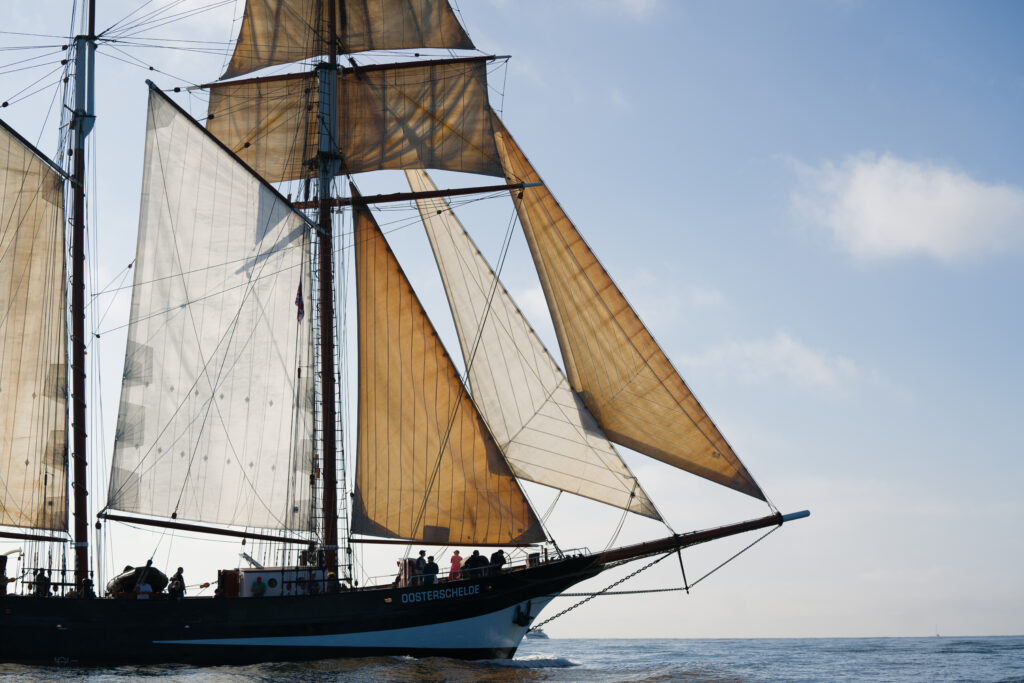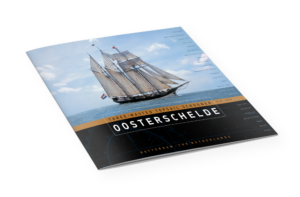23 Aug The Portuguese North
23 August 2023
The Portuguese North
Plymouth, and the English South Coast, has always been a place where sailing ships wait for the right moment to depart. This opportune moment is determined by the weather. Low-pressure systems frequently move northward from the Azores High pressure area, traveling from West to East. These depressions bring about our typical Dutch (and also South English) summer weather. As a depression approaches, a Southwest wind often prevails. When the warm front passes, it brings along gray skies, low clouds, and drizzle.
About a day later, the cold front also moves through, bringing colder air, clearings, beautiful cumulus clouds, and sometimes gusty winds. But more crucially for the sailing ships, the wind shifts to the Northwest as the front passes. This is the prime time to set sail, steering as close to a westerly course as possible while sailing close to the wind. With a bit of luck, by the time the next depression emerges, you’ll have sailed far enough south to navigate around Cape Finisterre, on the ‘other side’ of the Bay of Biscay. With even more luck, especially during the summer months, you’ll catch the Portuguese North, a North wind and South-flowing current that assists you further south. With less luck, the sailing ships would linger along the inhospitable northern coast of Spain, aptly named the Costa da Morte.
However, our experience took a different turn in the first few days. In the Bay of Biscay, we encountered very little wind and had to rely on the motor. Now, we have caught the Portuguese North, and over the past few days, we’ve been sailing briskly southward at speeds of up to 9 knots.







